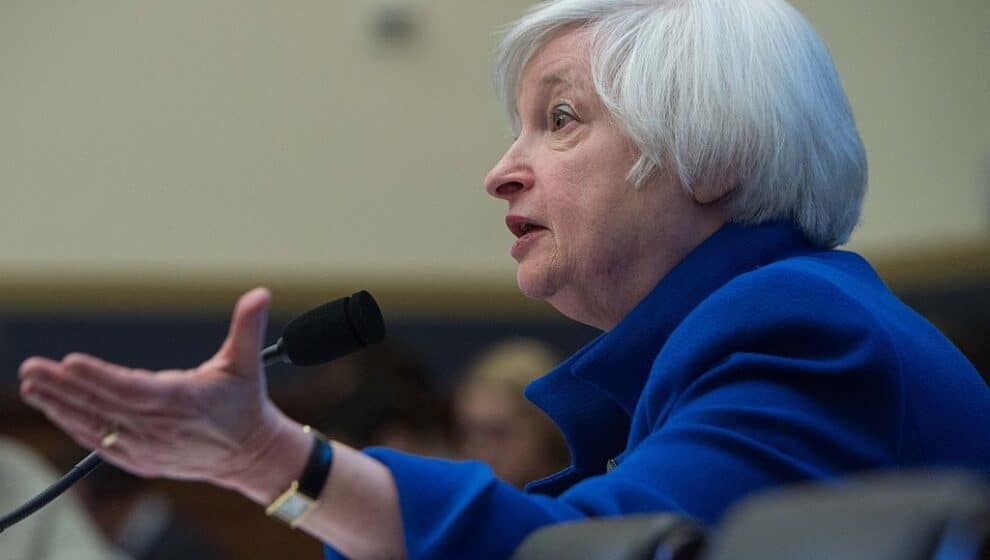As the federal government inches closer to reaching the debt ceiling, talks are renewed on whether or not to raise it.
Key Details
- Somewhat counterintuitive to the name, the debt ceiling is a method that allows the federal government to more easily borrow money.
- Since its creation in 1917, the debt ceiling has become a political hot-button topic with the potential to create economic upheaval.
- A refusal to raise the debt ceiling could potentially result in the federal government defaulting on some of its responsibilities.
- As the government reaches the limit of the debt ceiling, debate is renewed surrounding whether or not to raise it and by how much.
Why it’s news
With current spending, the federal government will likely exceed the current debt limit of $31.4 trillion by next year. Treasury Secretary Janet Yellen has begun asking Congress to push the limit beyond November 2024 in order to prevent chaos during the presidential election.
If Congress follows Yellen’s suggestion, Yellen will be able to delay a potential default for a few months while the new president is elected. She will be able to accomplish this by delaying payments to certain programs such as federal employee retirement funds and redirect those payments to the national debt.
Once that method is drained, a partial government shutdown may be on the table.
Party leaders on both sides are planning to support raising the debt limit, however the parties are split on how to do so. Republicans are looking to include spending cuts alongside the debt ceiling hike. These spending cuts would potentially include programs such as Social Security, Medicare, and Medicaid. Democrats have expressed strong opposition to this proposal.
Congress could potentially attempt to raise the debt ceiling before the end of the year before newly elected officials come into office. However, House Speaker Nancy Pelosi has not indicated much interest in taking this route.
Backing up a bit
The debt ceiling was initially a tool introduced in 1917 that made it simpler for the U.S. to gain funding during World War I. As World War II began to take shape in 1939, Congress established the first aggregate debt limit. “Raising the ceiling lets the government borrow to cover the gap between spending and taxes already approved by Congress,” Bloomberg’s Steven T. Dennis explains.
Raising the debt limit was not always a political issue. The routine procedure became a hotly debated issue in 1953 when President Dwight Eisenhower requested an increase in order to further fund his national highway system. Since then, raising the ceiling has had the potential to be a contentious issue, though it is often raised without much fight.
The most significant disagreements resulted in temporary government shutdowns in 1995 and 1996. In 2011, Congress once again struggled to raise the limit and the U.S. government’s credit rating declined for the first time. The debt ceiling was actually suspended for the first time in 2013 after parties could not come to an agreement.

